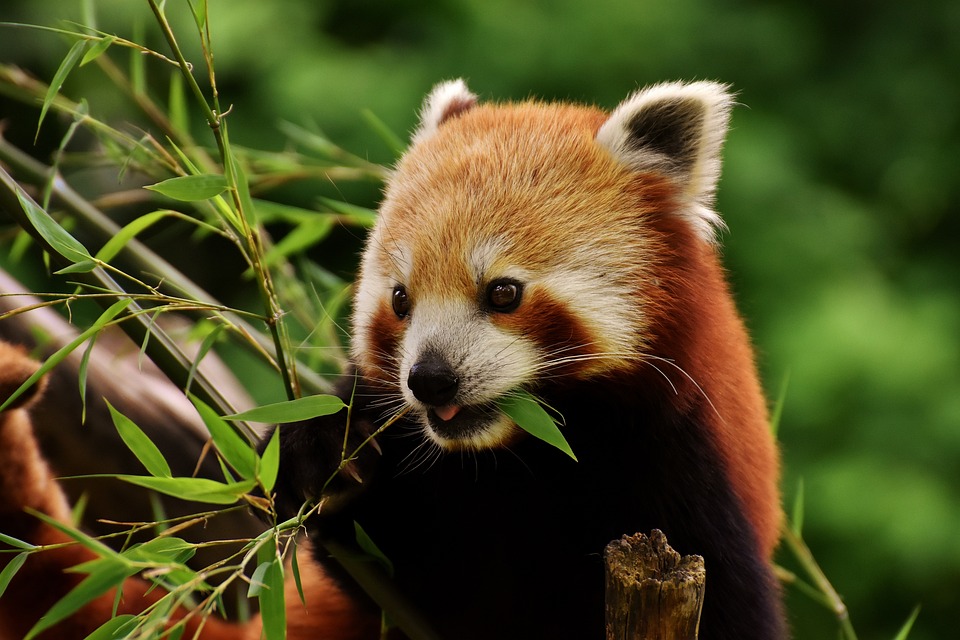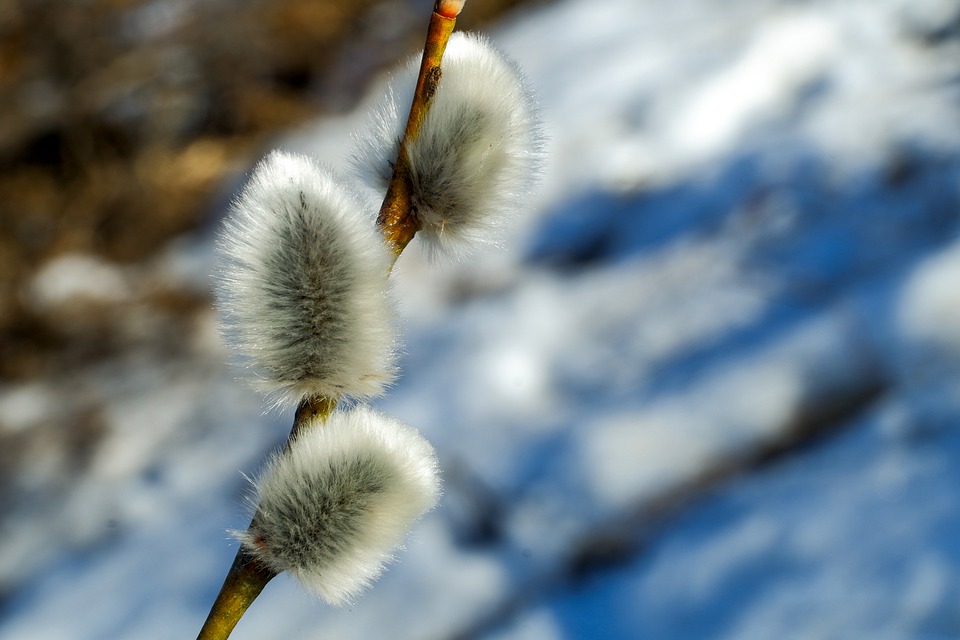Red Panda Facts That Will Enthrall Flora and Fauna Enthusiasts
Red Pandas are truly fascinating creatures and their unique characteristics continue to captivate enthusiasts around the world. Known scientifically as Ailurus fulgens, the red panda is an arboreal mammal native to the eastern Himalayas and southwestern China. They have thick, reddish-brown fur, a long, shaggy coat, and a fluffy, bushy tail. Though they are called pandas, they are not closely related to the giant pandas. In fact, they share a common ancestry with raccoons. Below, we explore fascinating facts about the red panda and its habitat, conservation efforts, and more.
1. The Red Panda’s Diet
One of the most remarkable aspects of the red panda is its specialized diet. The primary food source for the red panda is bamboo, which makes up about 95% of their diet. Bamboo is highly digestible, but the energy value is low, meaning the red panda needs to consume vast quantities to sustain its small body size.
However, the red panda is also an opportunistic feeder and will supplement its diet with small birds, eggs, insects, and occasionally even small rodents! Given that they have a low metabolic rate, red pandas can afford to indulge in this diverse diet without expending too many calories.
Image: Red panda feeding on bamboo leaves Red Panda Feeding
2. Habitat and Camouflage
Looking like gleaming tiger stripes painted on a canvas of verdant green, red pandas are highly adapted to their habitat – the temperate forests of the eastern Himalayas and southwestern China. These areas provide an abundance of bamboo, mossy trees, and lichens, which red pandas use to stay warm, hide from predators, and access essential resources.
3. The Art of Slothful Living
Red pandas are known for their leisurely lifestyle, spending the majority of their day sleeping! In fact, they sleep for approximately 10-14 hours a day, and their energy requirements are low, thanks to their slow lifestyle and high-fiber diet. When not sleeping, red pandas are usually found perched on branches, grooming themselves, or occasionally entertaining each other by wrestling and scampering.
4. Conservation Status: A Tale of Triumph and Struggle
Sadly, the red panda is listed as ‘Endangered’ on the IUCN Red List. They face threats such as habitat loss due to habitat fragmentation, the encroachment of humans into their natural habitat, and changes in their food supply due to bamboo flowering, where the plant produces seeds but little to no foliage. Hunting and the illegal wildlife trade also pose a significant threat to red panda populations.
Despite the challenges, conservation groups are working hard to protect and maintain the red panda’s habitat and raise awareness about this wonderful animal. It is imperative that we secure their future!
FAQs: Red Panda Facts
Q: What is the weight and size of a red panda?
A: A red panda generally weighs between 3 to 6 kg (6.6 to 13.2 lbs) and is around 50-64 cm (19.5-25 in) long, not including their tail.
Q: How long do red pandas live in the wild?
A: Red pandas have a lifespan that ranges from 8 to 10 years in the wild. In captivity, they have been known to live up to 14 years.
Q: What are other common names for the red panda?
A: Besides ‘red panda,’ other common names for this species include the lesser panda, Indian panda, and cat bear.
Q: When is the best time to spot red pandas?
A: The best time to see red pandas in the wild is during midday hours, as they are most active between 5 am and 7 pm.
Q: Are red pandas good climbers?
A: Absolutely! Red pandas are excellent climbers, and they will often be found in the treetops. They use their long, bushy tails for balance and support while moving through trees.
This magnificent creature has so much to teach us about ecology, morphology, and biology. In fact, there is still much that researchers have to learn about the red panda. By continuing to support conservation efforts and preserving their habitats, we can help ensure that these unique animals will continue to stride through the forests of Asia for generations to come.



